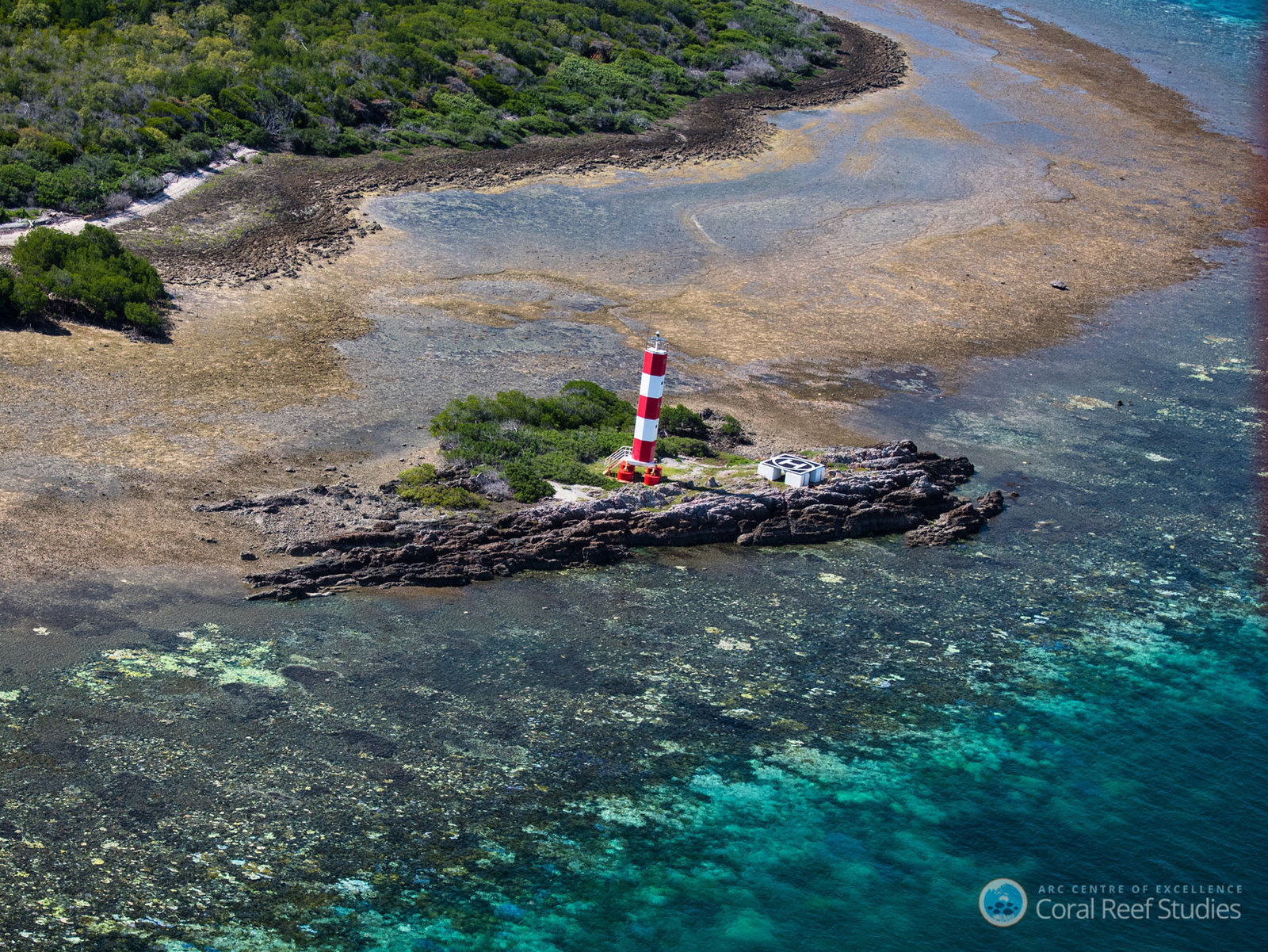As marine biodiversity continues to decline it is important we maximize the effectiveness of conservation efforts. The Great Barrier Reef is facing multiple threats from natural and man-made natural disturbances but for the first time, researchers at the Australian Institute of Marine Science have shown that the reefs inside no-take marine reserves are better able to resist, and recover from, these disturbances.
Marine protected areas have been important for conserving and managing marine biodiversity, however their benefits for conserving wider ecosystem functions had yet to be demonstrated. A recent paper published in the journalEcology Letters has shown that MPAs can increase the resilience of coral reef communities to natural disturbances, including coral bleaching, coral diseases, Acanthaster planci outbreaks and storms.

The research team examined a 20-year time series from Australia’s Great Barrier Reef, 20 reefs inside no-take zones and 26 reefs that are open to fishing and other extractive activities. They looked at the magnitude of disturbance impacts and how fast the reefs were able to resist and recover from these disturbances.
“We found that reef communities, such as fish and corals, in no-take zones were less impacted by disturbance and recovered faster than outside no-take zones,” explains study lead author, Dr Camille Mellin. “For example, after a crown-of-thorns starfish outbreak it took nearly nine years for the coral community on reefs outside no-take zones to recover, but just over six years inside no-take zones.”
“Rapid recovery times are critically important, especially when the GBR is faced with so many different threats, but equally important is our finding that reefs inside no-take zones actually fared better during the disturbances, on average the magnitude of impacts was 30 per cent lower.”

Although there is more work to be done, the researchers believe that one reason for reefs inside no-take zones being able to cope better with disturbances is their ability to preserve and promote a wider range of important ecological functions. Where the abundances of some species are reduced outside of protected areas by fishing, some of these functions could be lost.
“Understanding the utility of no-take zones in conservation and management is key,” says study co-author, Dr Julian Caley, “but until now there was very little evidence that these no-take zones provided benefits for non-target or non-fished species, as well as wider ecosystem processes.”
“Our research demonstrates the wide range of benefits that well-designed and well-managed no-take marine reserves can offer, and reinforces the idea that such marine reserves should be widely implemented and supported as a means of maintaining the integrity of coral reefs globally.”
“The Great Barrier Reef Marine Park was rezoned in 2004 to increase the area of no-take zones from less than five per cent to cover 33 per cent of the park providing a very high level of protection compared to most reefs worldwide. This level of protection, as well as 30 years of monitoring spanning some 150,000 square kilometers of reef, provided us with a unique opportunity to gauge the effectiveness of this rezoning. Therefore, our conclusions also stress the utility of long term monitoring programs that provide a unique opportunity to assess the sustained benefits of protection.” [AIMS]



